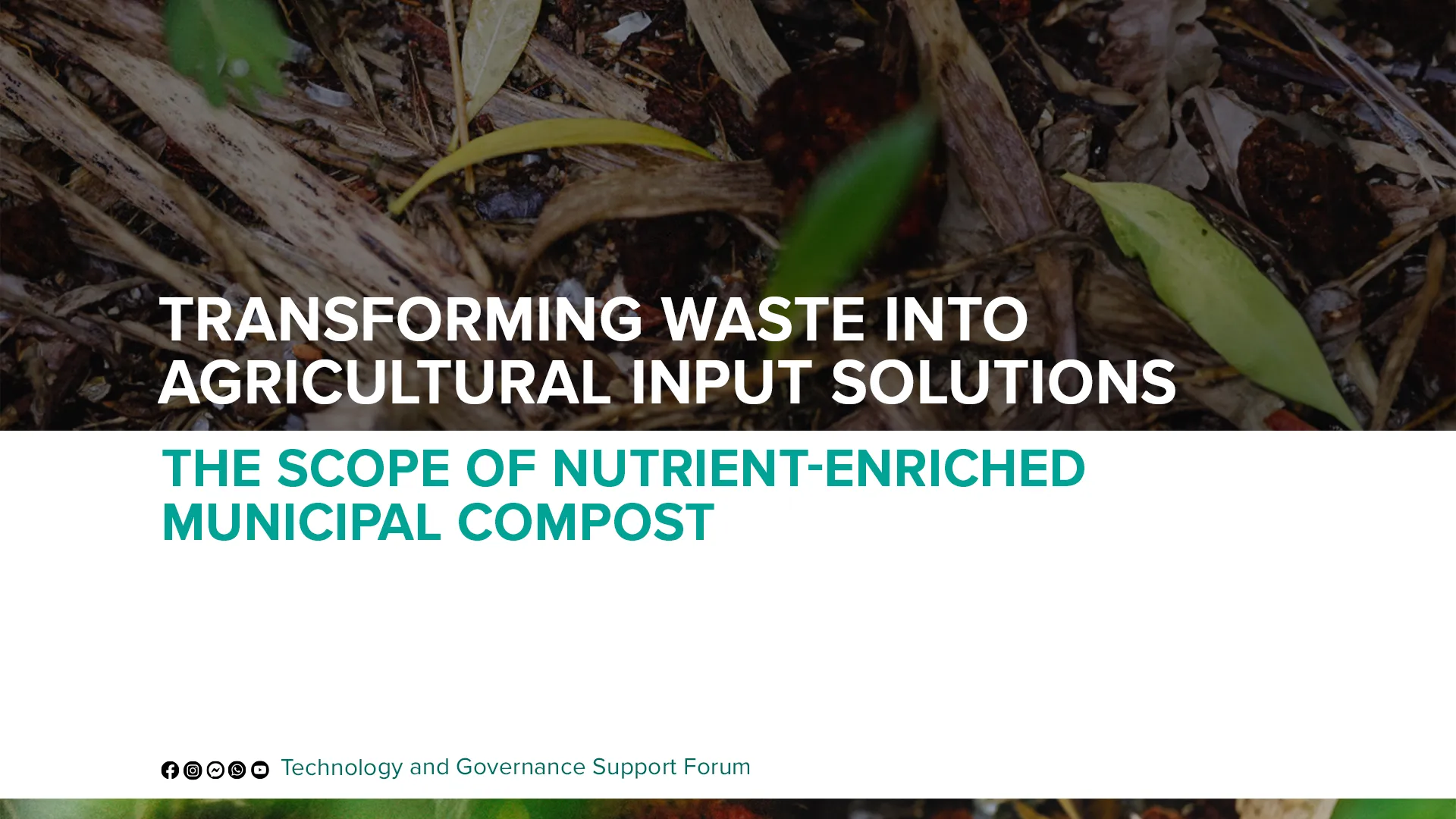Addressing the Textile Waste Crisis in Kerala: Opportunities and Challenges

Waste management operates on many levels, extending beyond merely mitigating the harmful effects of waste. It plays a crucial role in preserving environmental health by reducing emissions, protecting ecosystems, and sustaining our resource base through effective resource recovery. The concept of resource recovery is not new; humans have recognized its potential for centuries. Since the 17th century, there have been efforts to extract valuable elements, such as phosphorus, from human waste. Today, recycling has evolved into a significant industry, encompassing plastics, metals, and more, engaging hundreds of thousands of people worldwide.
In Kerala, the Harita Karma Sena exemplifies an innovative system focused on the recovery of inorganic materials. By contributing to the development of a circular economy, Harita Karma Sena reduces the exploitation of the Earth’s resources through effective waste management practices. This system is now operational in most local self-government bodies in Kerala, ensuring efficient garbage collection at regular intervals. However, the Harita Karma Sena faces a significant limitation: its current framework primarily addresses plastic waste, leaving other types of waste, particularly textiles, inadequately managed.
Textile waste represents one of the most pressing environmental challenges, along with plastic. The global textile industry generates approximately 92 million tons of waste annually. The production of clothing is resource-intensive, with a single cotton t-shirt requiring about 2,700 litres of water. Additionally, the use of chemicals in dyeing and finishing processes significantly contributes to environmental pollution and greenhouse gas emissions. Post-consumption, most textiles end up in landfills, where they take decades to decompose. Addressing textile waste with the same urgency as plastic waste is imperative. Considering the substantial water and carbon footprints associated with textile manufacturing and the resulting waste crisis, integrating textile waste into the circular economy is crucial. This article explores the potential and challenges of expanding Harita Karma Sena’s mandate to include textile waste management, highlighting the path towards a more sustainable future.
What Happens to Post-Consumer Textile Waste?
Textile waste can be categorized into pre-consumer and post-consumer waste. Pre-consumer waste includes the scraps and byproducts generated during the manufacturing process. Post-consumer waste, on the other hand, refers to discarded textiles after consumer use. The rise of fast fashion in India has exacerbated the problem of post-consumer waste due to increased consumption and higher turnover of clothing items. This leads to shorter product lifespans and more frequent disposal, contributing significantly to the growing textile waste issue.
The primary management processes for post-consumer textile waste are incineration and landfilling. Most post-consumer textile waste ends up in landfills, where it poses significant environmental hazards. Textiles in landfills take many years to decompose, releasing methane, a potent greenhouse gas. Additionally, chemicals from the textiles can leach into the soil and groundwater, causing pollution and health risks. Some textile waste is incinerated, but this process releases toxic fumes and requires substantial energy input.
An alternative disposal method involves using textile waste as fuel in cement factories and sugarcane mills. However, the lower calorific value of textiles makes this option less viable. Additionally, incineration at factories incurs costs for the process and freight charges, making it less feasible. The transportation and incineration processes also result in additional environmental footprints from fuel consumption and emissions, leading to economic losses without significant resource recovery.
Recycling Textile Waste
Surat and Panipat are major textile waste hubs in India, known for their significant recycling efforts. In these regions, old clothes are collected and meticulously sorted by colour and type. The fibres are then extracted from these clothes and converted into yarns. These recycled yarns are combined with new yarns to create fabrics – ultimately, new garments. This method not only reduces waste but also diminishes the need for raw materials, conserving both resources and energy. Recycling in these hubs is an established practice that showcases how textile waste can be transformed into valuable products, supporting the circular economy. This approach not only helps manage textile waste effectively but also promotes sustainable practices within the textile industry.
Hurdles for Kerala to Reach Recycling Facilities
Kerala faces significant challenges in accessing textile recycling facilities due to geographical constraints and connectivity issues. The state’s location makes transporting large quantities of textile waste to distant hubs like Panipat and Surat both costly and logistically complex. High transportation costs, coupled with the carbon footprint associated with long-distance travel, make it economically unfeasible. Transporting a unit of clothes (10 to 15 tonnes) from Kerala to Panipat costs around ₹1.5 lakhs, which is prohibitively expensive. This logistical challenge limits Kerala’s potential to recycle its textile waste effectively.
Another significant hurdle is the prominence of waste imports in India. Many recycling facilities in Panipat and Surat rely heavily on imported textile waste, which is often cheaper and more predictable in quantity compared to domestic waste. This reliance on imported waste creates competition for local textile waste, making it harder for domestic waste to be processed in these facilities.
The recycling industries in Surat and Panipat are sustained by the availability of imported post-consumer waste. The high demand for raw materials (used clothes) can only be met with the supply of imported cloth waste. This reliance on imports makes it challenging for regions like Kerala and Tamil Nadu to invest in their own recycling facilities. Additionally, the highly polluting and energy- and water-intensive recycling practices are less appealing to the industrial culture of Kerala.
The Cloth Reuse Chains
In Kerala, the concept of used collectors is well-established. These collectors gather old clothes under the guise of charity, but they also earn money by sending these items into reuse networks. In Karnataka, especially in Mysore and Bangalore, there are many reuse facilitators. Similarly, in Tamil Nadu, Chennai and Coimbatore are the main hubs for this activity.
The collected clothes are sorted by item type (e.g., sarees, jeans, and shirts) to ensure they are reusable. These items then undergo necessary repairs, washing, and dyeing before entering the second-hand market. This meticulous process ensures that 40–50% of old clothes are reused, significantly reducing waste and providing affordable clothing options.
The Scope of Combining Reuse and Recycling Networks
For Kerala to effectively manage textile waste with minimal financial and environmental burden, combining reuse and recycling networks presents a viable solution. This strategy aims to extract maximum value from used clothes, with the reuse market capable of offering higher returns for better-quality garments. Approximately 40–50% of textile waste can be reused, with the average value of these items being double that of materials processed by the recycling industry. Consequently, the financial loss and carbon footprint associated with relying solely on recycling networks can be significantly reduced.
While a percentage of textile waste is managed through reuse, some items that are too stained, torn, or damaged will become rejects. These rejects can still be recycled by extracting fabrics and yarns. The recycling industry does not require high-quality old clothes, allowing all non-reusable items to be sent to recycling facilities. This approach eliminates dependency on landfills and incineration, offering substantial environmental benefits. Therefore, Kerala needs to devise a plan that integrates both the reuse and recycling industries to maximize resource recovery and minimize environmental impact.
The Importance of Local Aggregators in Kerala: Maintaining the Chain of Circularity
Key players in implementing a combined reuse and recycling network for textile waste in Kerala are local aggregators. These aggregators facilitate the entire process, from collection and sorting to directing the waste to appropriate destinations for reuse or recycling. By acting as intermediaries, they play a significant role in connecting distant locations and maintaining a loop of circularity. Local aggregators enable the seamless integration of textile waste into the circular economy, ensuring that valuable resources are continuously recovered and reused. Strengthening the role of aggregators is essential for Kerala to effectively address its textile waste problem, promote sustainability, and reduce environmental impact.
Author








